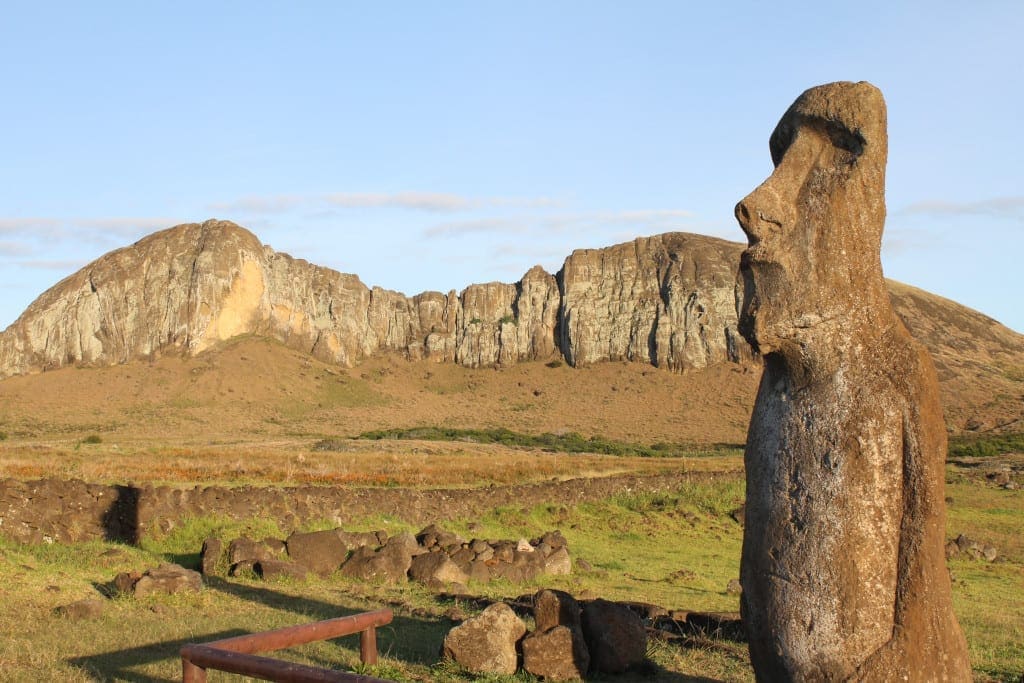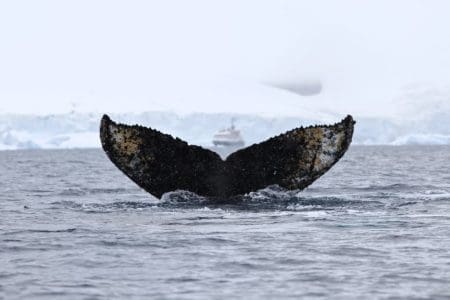One of the many mysteries surrounding the statues of Easter Island may have been finally solved, according to a team of US researchers studying the remote Pacific island.
In the research published in the journal Plos One, it is claimed that the location of the giant ahu, or platforms, on which the statues (moai) stand correlates with an abundance of natural resources, such as water. With no running streams on the island, fresh water was at a premium for the inhabitants. It is now believed the statues were placed to indicate where vital aquifers were located.

Extending their theory the scientists add that the size of the moai might reflect both the quantity and quality of the water to be found there. Communities might have been bragging to other islanders about the plenitude of their resources, or warning them off. One of the features of the Easter Island statues is that they generally face inwards rather than seawards, as if they were sending a message to fellow islanders rather than potential invaders.
If you are thinking of visiting the island, read Mark Bibby Jackson’s adventures Stranded in Paradise with Easter Island Statues.
The research, carried out by scientists from New York’s Binghamton University, was focused on the east of the island, studying 93 of the more than 300 ahu on the island.
However, their research has been challenged by other scientists, such as Easter Island expert Jo Anne Val Tilburg, from the University of California, who claims it is “highly unlikely” that resources were of “major importance” in determining the location of the statues.
So, it appears that this mystery might well indeed rumble on; at least among squabbling scientists.
Cover photo: Ahu Tongarik, Easter Island.


